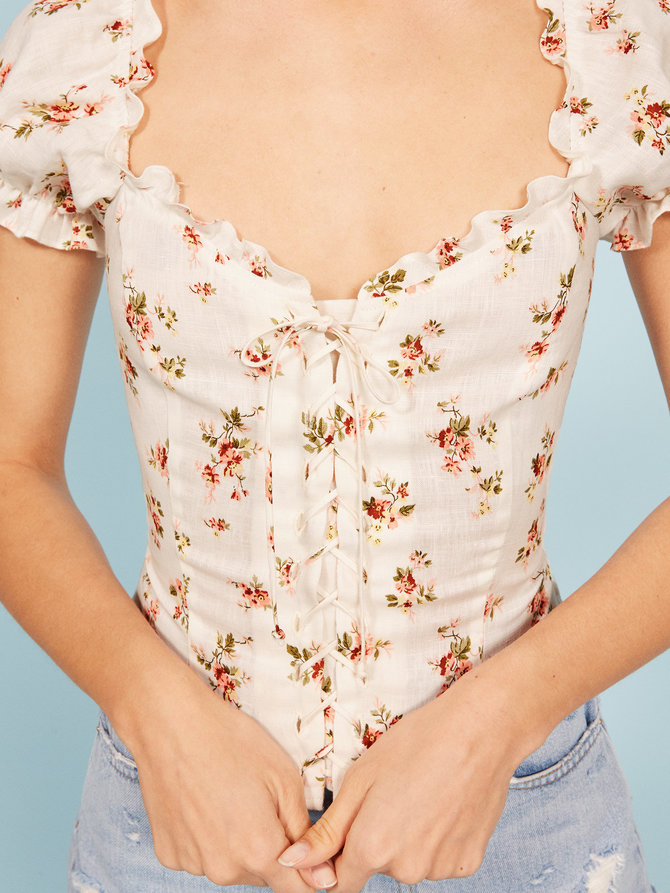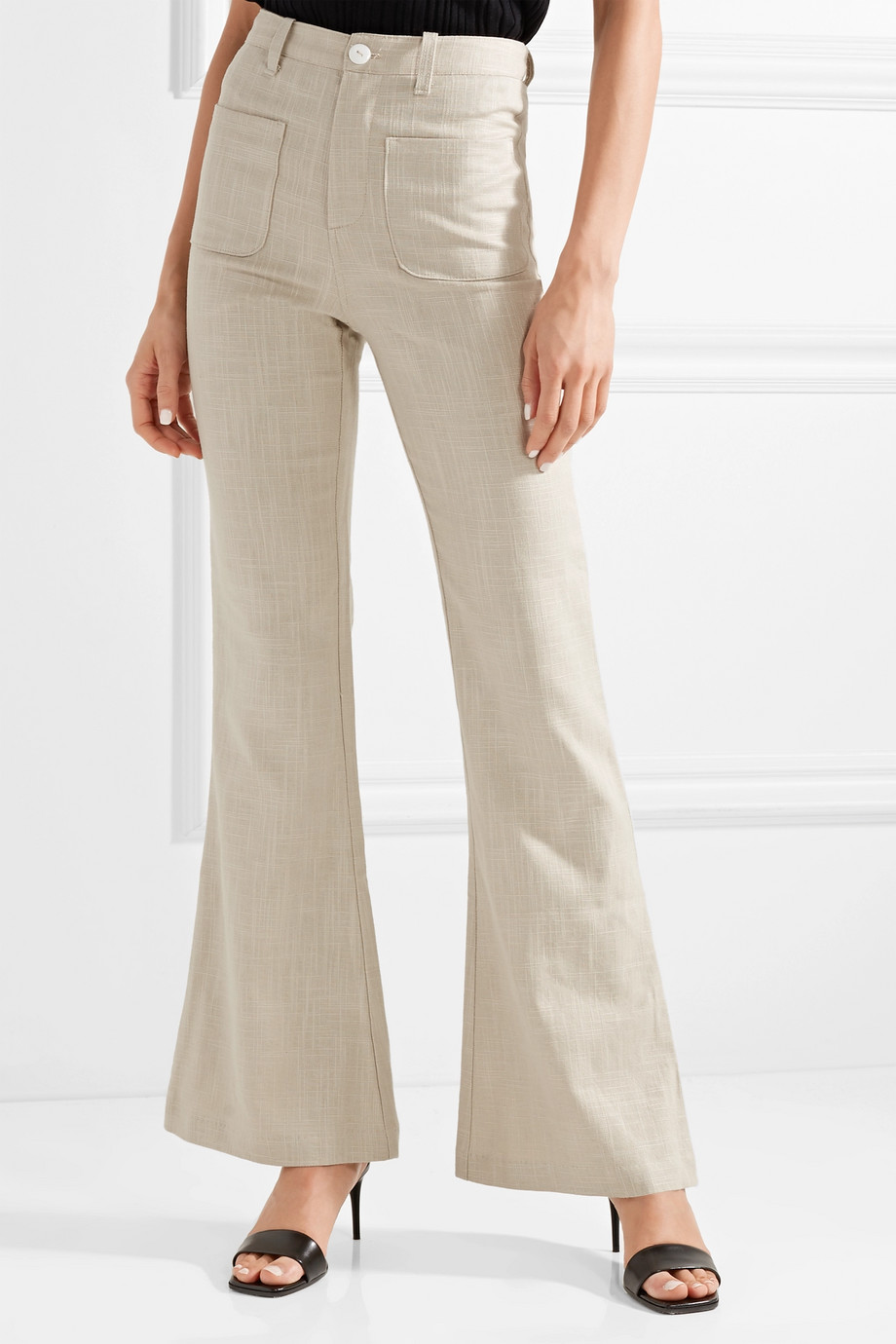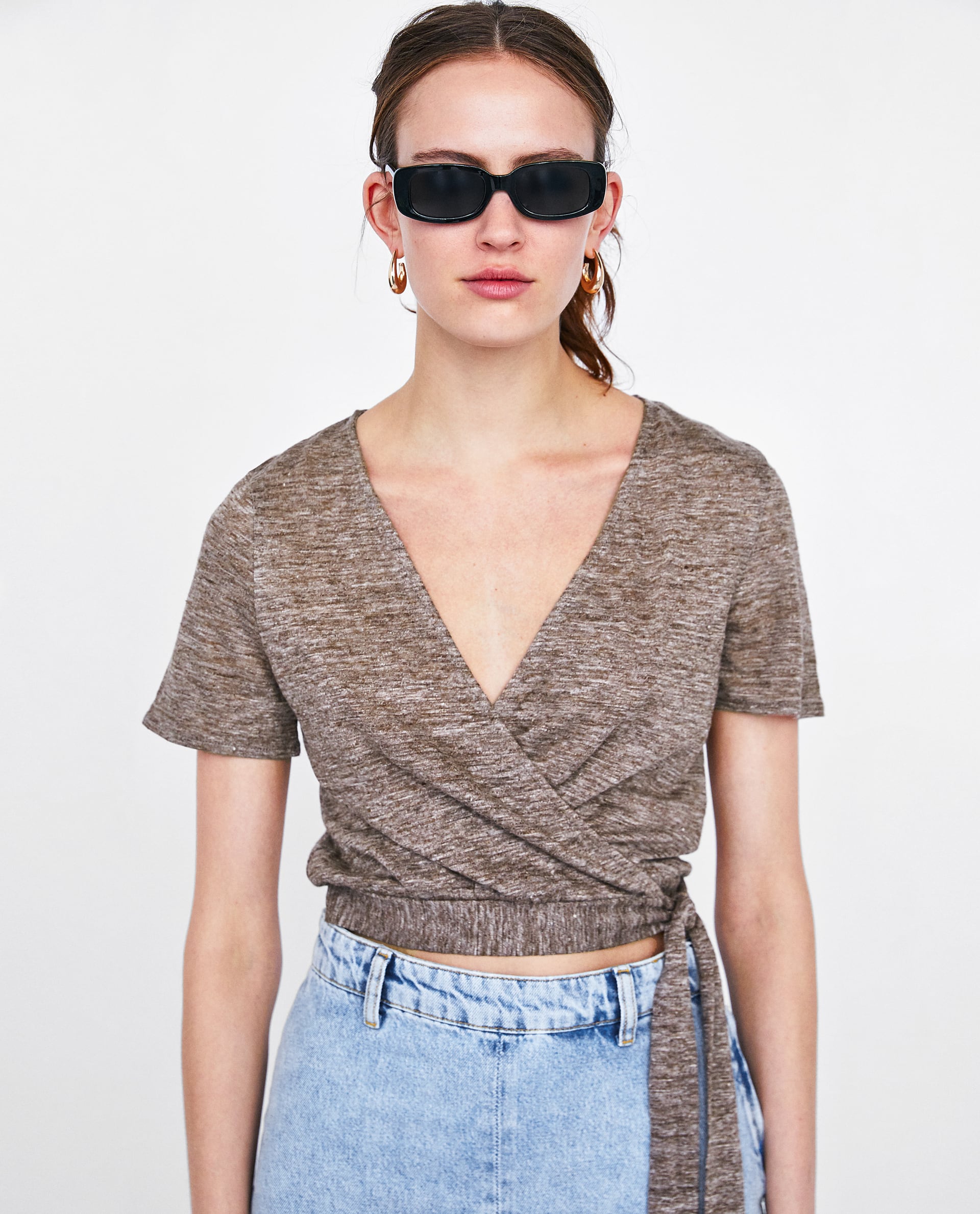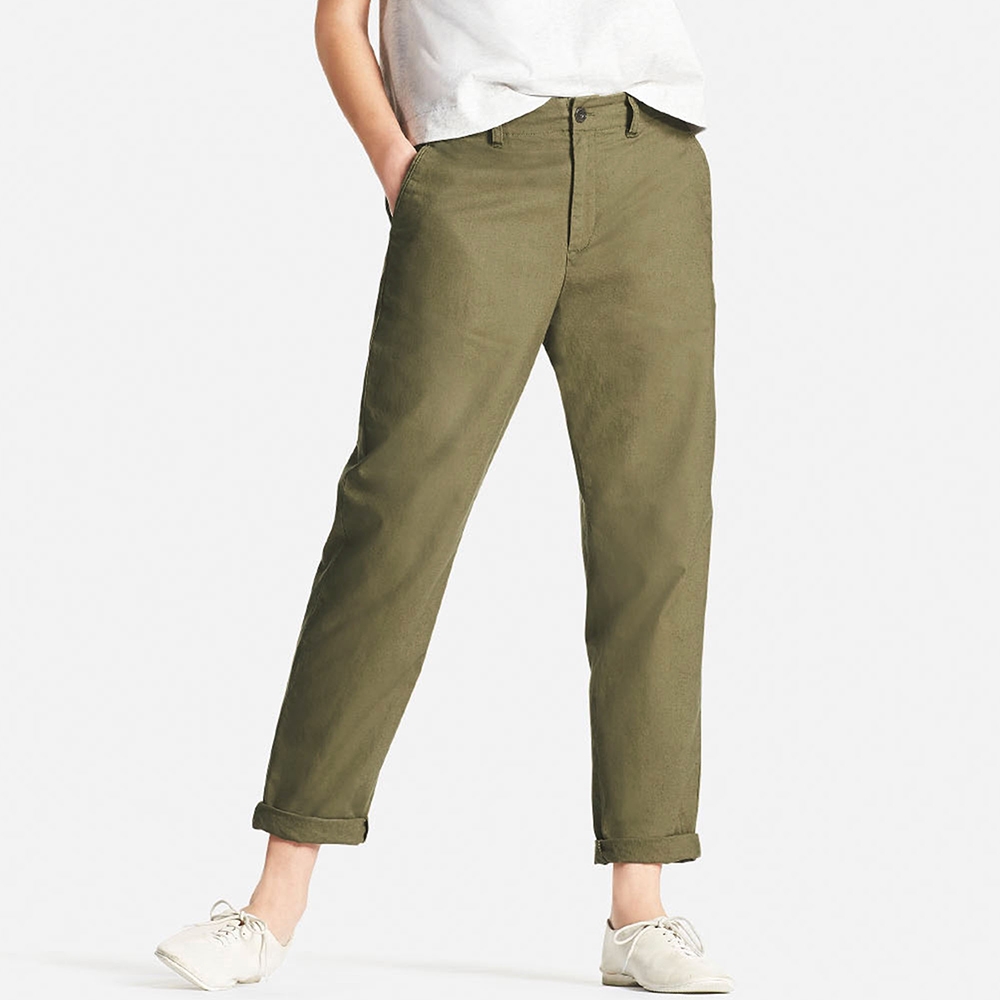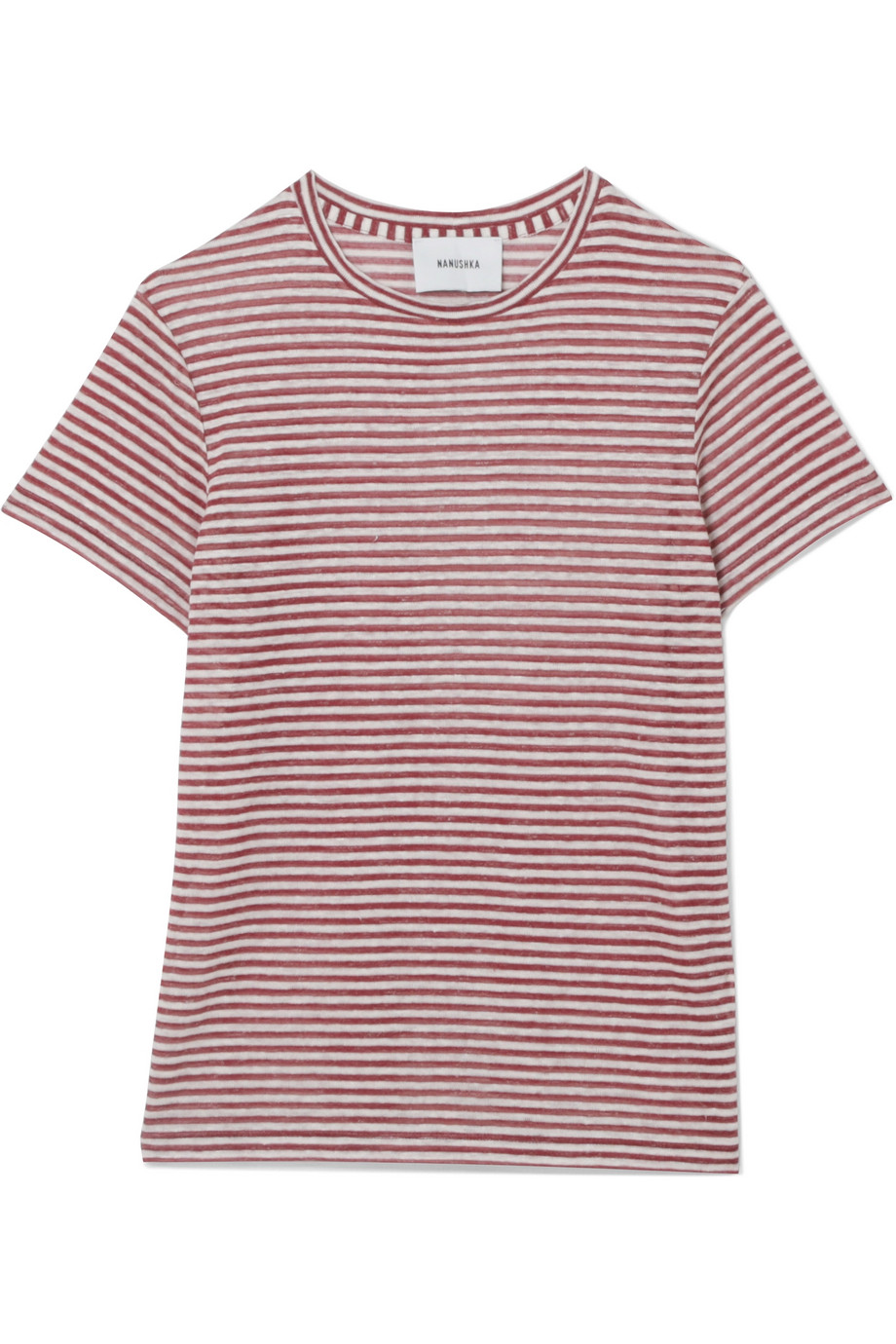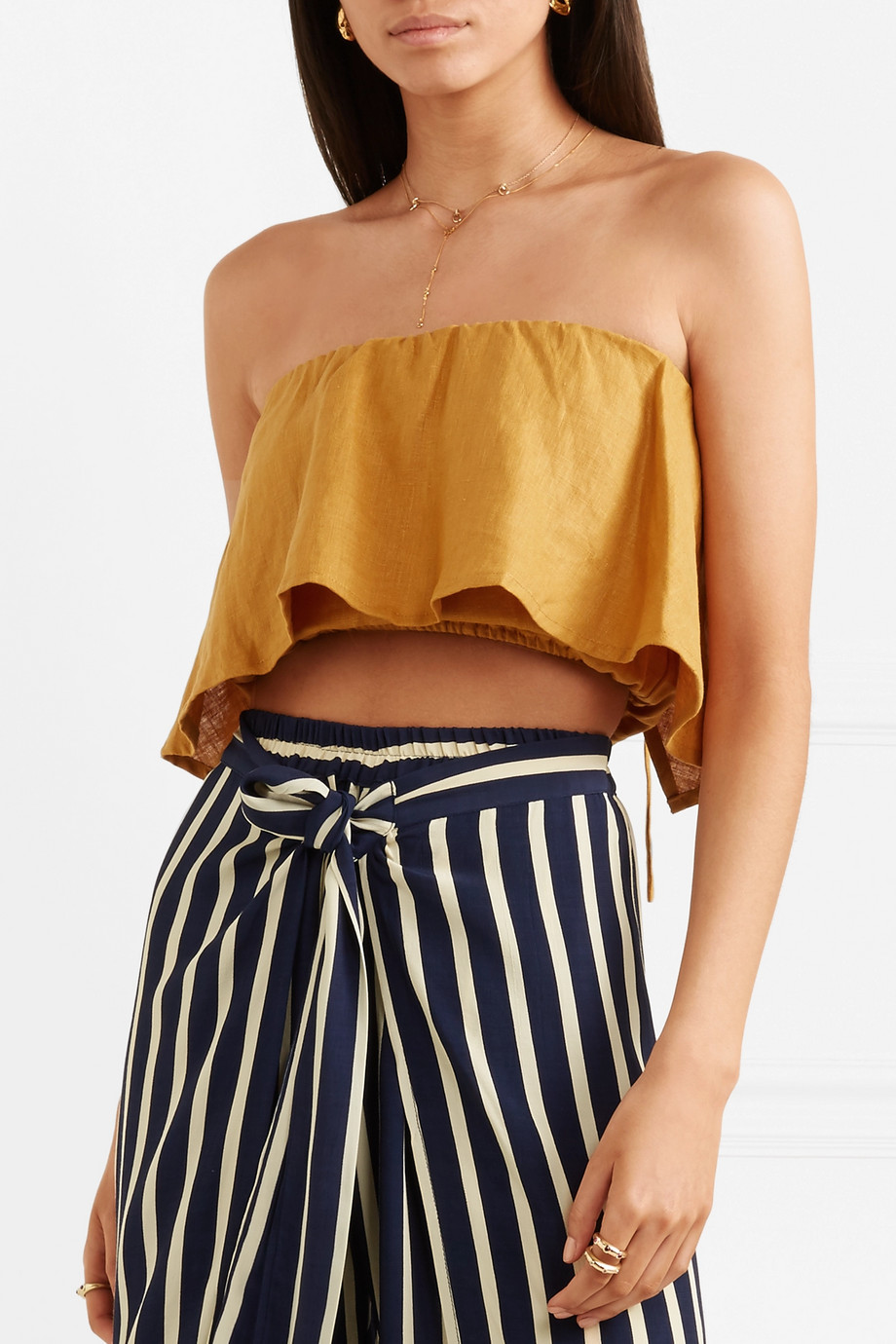Make This One Easy Wardrobe Swap to Help Save Our Oceans

It’s no secret that the fashion industry isn’t particularly eco-friendly. As the world’s second largest polluter after only oil and gas, it’s easy to imagine how fashion emits harmful greenhouse gases in its production and leads to waste piling up in landfills, yet there’s another equally pressing issue at hand when considering the industry as it stands—and it’s one that hits close to home.
If you live in a coastal city, or have even spent a holiday by the beach, you likely have experienced the allure of the ocean. Vast, beautiful, and teeming with at least 750,000 marine species, the ocean covers over 70 percent of our planet—yet despite knowing this, we continue to harm and pollute it at an alarming rate. And fashion is only contributing to the problem.
While most consumers understand that fast fashion is partly to blame for this pollution, what’s less obvious are the effects that have a slow-burn consequence. While it’s easy to see a piece of trash floating in the water, it’s not so easy to see the second-hand impacts of practices such as unsustainable farming.
In fact, we’re willing to bet that you may not have even known that some of your favourite clothes are made with fabric that is doing a hefty amount of damage to our oceans: Cotton. Given its popularity, it would be fair to assume that cotton is relatively easy to farm, however, this is far from true. Despite the fact everything from your favourite T-shirt to your mum jeans (yes, denim is 100 percent cotton) continues to be one of the industry’s leading textiles. In fact, cotton currently contributes “24% of the world’s insecticides, and is extremely water-intensive — yet it’s used in about two-thirds of all clothing“ the founder of the sustainable clothing brand Reformation, Yael Aflalo, notes.
But what exactly is the problem with cotton—and what can we do about it? While production and waste definitely plays a part, “cotton’s environmental impact lies in two areas : Water use and agro-chemicals”, The Huffington Post reports. And while these problems may at first sound minimal, both have a direct effect on the ocean and the marine life within it. While all of this is very depressing (to say the least), don’t let the facts leave you feeling helpless; taking a step in the right direction is as easy as shopping more consciously.
With the negative impacts of cotton in mind, a simple way to reduce your personal impact is by making easy swaps where you can. When shopping, read the labels of the clothes that you’re trying on and aim to opt for more eco-friendly materials. One example— that is also conveniently very on-trend right now—is linen. Buying a linen tee instead of cotton, for example, means that 194 less gallons of water are being used to produce your favourite staple item. By shopping better alternatives and sustainably-made clothing, we all have the opportunity to vote with our dollar and start inciting change in the industry today. And if you’re looking for somewhere to start, never fear. Below we’ve rounded up some of our favourite linen pieces this season to get you considering just how stylish helping our oceans can really be. And while the weather is far from linen-friendly at the moment, styling with a few layers and leather boots will keep you warm and equally fashion-forward.
Shop our favourite linen pieces
See? Caring for the environment can be simple and stylish.
Related: Shop These 8 Sustainable Australian Brands to Help Reclaim Our Future
-
 My 30-Year-Old Bestie Asked Me for Chic Clothing Recs—37 Options I Told Her Scream "Fashion Person"
My 30-Year-Old Bestie Asked Me for Chic Clothing Recs—37 Options I Told Her Scream "Fashion Person"Everything you need to give your wardrobe a stylish update.
By Chichi Offor
-
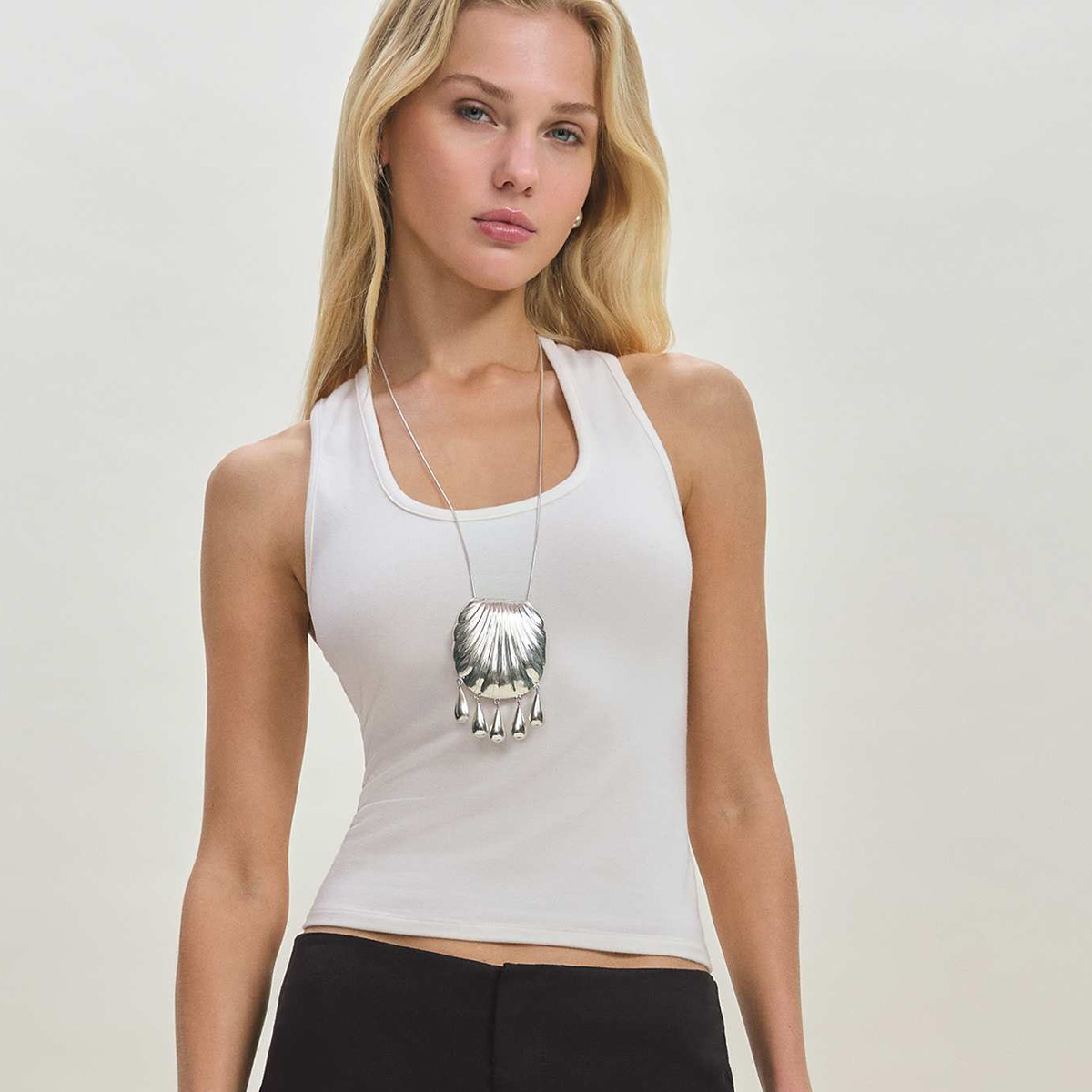 I Just Found the Linen Pants Chic Women in New York, Paris, and L.A. Will Be Wearing All Summer
I Just Found the Linen Pants Chic Women in New York, Paris, and L.A. Will Be Wearing All SummerHBU?
By Eliza Huber
-
 36 On-Trend Spring Items I'm Eyeing From Reformation, Zara, and Mango
36 On-Trend Spring Items I'm Eyeing From Reformation, Zara, and MangoPrepare your carts.
By Caitlin Burnett
-
 I Tested Reformation's Bags IRL—These 6 Are Actually Worth It
I Tested Reformation's Bags IRL—These 6 Are Actually Worth ItThese bags are like if The Row and Gucci had a baby.
By Sierra Mayhew
-
 I'm Transitioning My Wardrobe Into Spring—32 Items I'm Eyeing From Revolve, Ref, and Net-a-Porter
I'm Transitioning My Wardrobe Into Spring—32 Items I'm Eyeing From Revolve, Ref, and Net-a-PorterSpring is in the air.
By Caitlin Burnett
-
 Mikey Madison Just Wore the Reformation Basic Every Smart Shopper Owns
Mikey Madison Just Wore the Reformation Basic Every Smart Shopper OwnsIncluding this editor.
By Allyson Payer
-
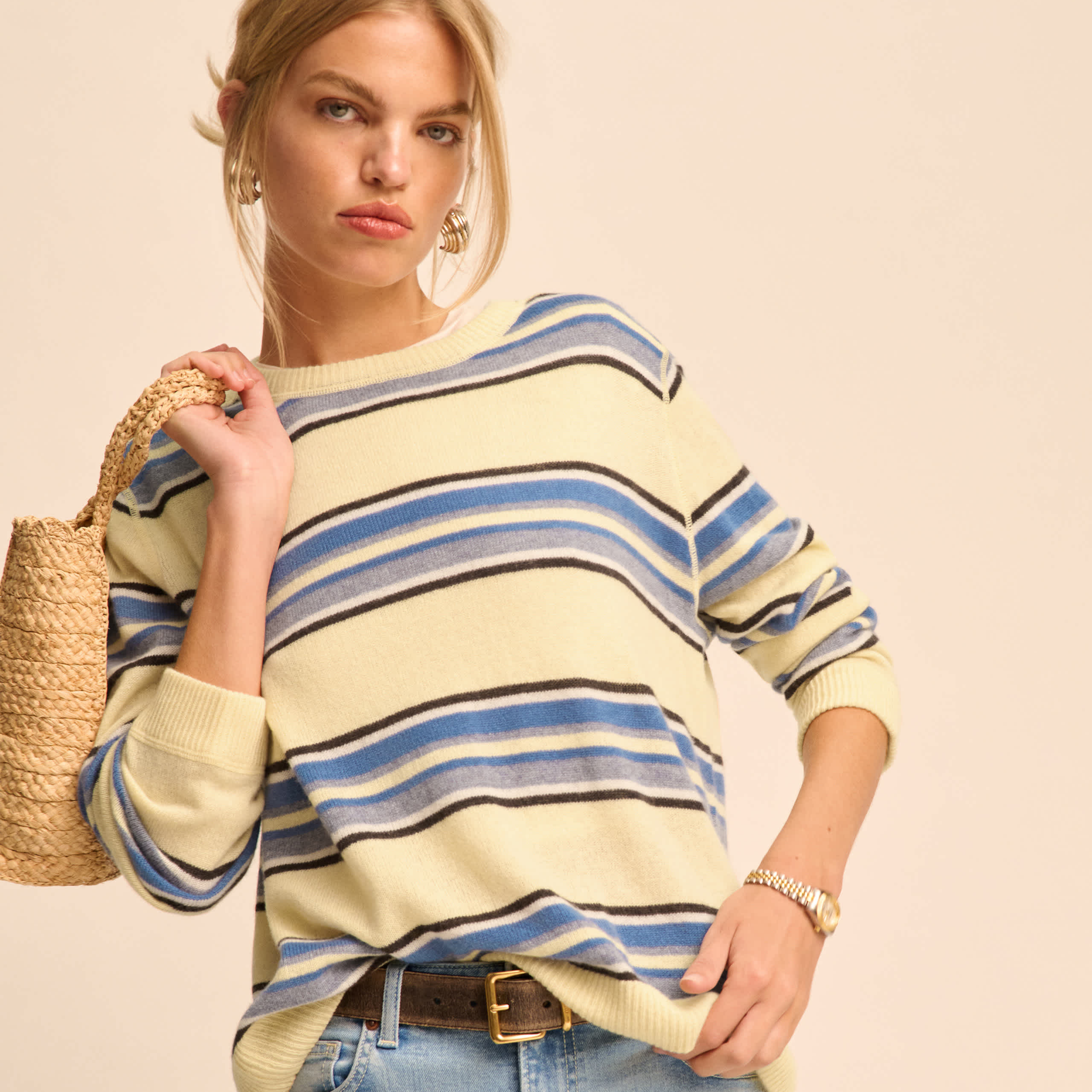 I Just Did a Deep Dive Into Reformation's Spring Collection—31 Items Already in My Cart
I Just Did a Deep Dive Into Reformation's Spring Collection—31 Items Already in My CartThe countdown is on.
By Caitlin Burnett
-
 It's True—Everyone Will Wish They Bought This $68 Ref Top When It Inevitably Sells Out
It's True—Everyone Will Wish They Bought This $68 Ref Top When It Inevitably Sells OutI see the future.
By Eliza Huber





